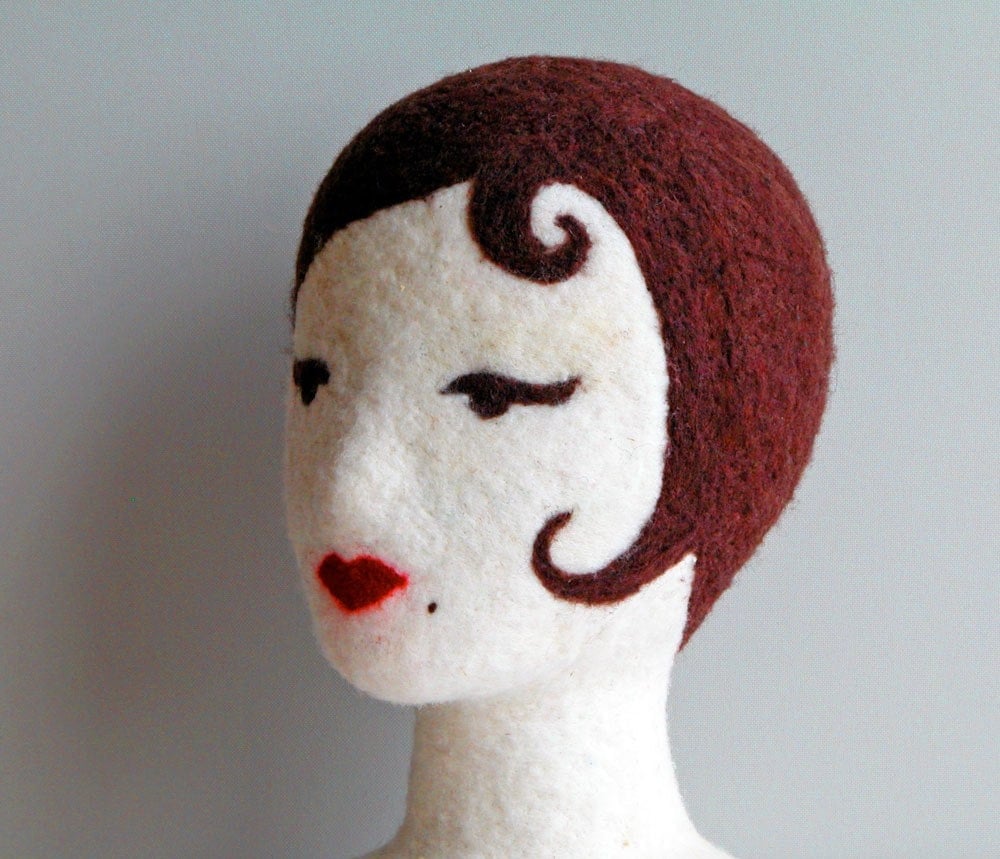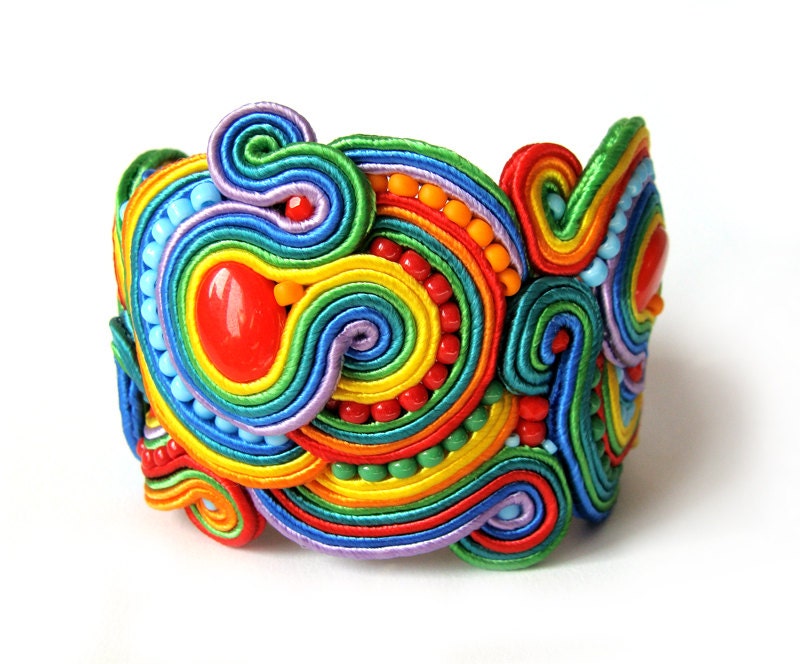 |
| 49 shades of purple |
Hi everyone. It is cold outside but thanks to some projects it is pretty warm at my house.
Years ago when I started learning about making ballet costumes, I also began learning about dying fabric. I blame my friend Scott for convincing me that it really was not that hard, he would say: "I can make spaghetti and dip dye fabric side by side", and of course, really, I should just own my own sins since I always think and say: "how hard can it be"?
If you read an earlier post you already know that this thinking has gotten me into trouble before. Still, I am clearly an optimist and having successfully dyed a lot of fabric, maybe I had just become complacent.
Well in the last few weeks I found out that dyeing fabric can be hard, very hard.
I had a project that required some custom dyed purple lycra, mesh, lace and silk. I knew that these fabrics can be dyed with acid dyes such as Jaquard, RIT, IDye natural and Procion dyes. I also knew that I needed to weigh the fabric (so as to use enough dye), wash it with a mild soap, heat the dye, add some soap to the dye bath and test samples of the fabric before dyeing the actual items. Simple right? Wrong
The first things I found out was: just because a supplier says that a particular fabric has a certain fabric content doesn't mean it does. "Everyone lies" to quote House! Check and double check fabric content. Lycra/Spandex, nylon, and silk will all dye with acid dyes such as Jaquard, RIT, IDye natural and a few others. Polyester will not dye; if a fabric has more than 50% polyester it will dramatically change how the fabric dyes. Although the mesh I used was supposed to be nylon/lycra it was not.
I ended up with a strange, grey plum color.
 |
| White "nylon" mesh dyed with Rit (bottom left) then overdyed with IDye polyester |
You can now get IDye polyester, a special dye for home dying polyester, but it is a special dye, that can only be special ordered as most stores do not carry it.
The second thing I learned is that every batch of dye is unique; it always requires multiple tests and it is best to let the fabric dry completely to check the color.
 |
| Left to right (top): Nylon Spandex leotard with nylon lace, stretch satin, polyester mesh |
|
| ; bottom: nylon mesh |
The third thing is that when you dye different fabrics in the same dye bath, they take the dye in their own unique way. The silk I used had a pattern in it, and it caused the lilac-purple dye to "split".
 |
| Example of a "split" dye |
The background fabric took the blue tones and the stripe took the reds, so that I ended up with a strange blue and pink striped piece of fabric. Split dye can be very interesting and beautiful but for my purposes it was not what I wanted. I needed my leotard to be an even, ombre dye. Eventually I did manage to get this.
 |
| Nylon spandex and nylon mesh dyed with Lilac Jaquard dye |
 |
| White satin spandex and white stretch lace (both nylon) |
I am very fortunate to have a father who is a dye chemist and a mother-in-law who is an expert spinner, weaver and fabric dyer, so I called in their help. My mom and dad arrived just before Christmas to find my kitchen taped up with drop clothes, pots of smelly dye bubbeling on the stove and me in old clothes, face mask, rubber gloves and goggles.
 |
| Part of my kitchen counter + samples. |
It is a very, very good idea to wear old clothing and to use multiple drop cloths because you can bet serious money that you
will have drips, splashes and splotches, and that they will always find that little gap in your drop cloth!! The polyester dyes, dye everything: linoleum, melamie counters, they even seem to be able to penetrate varnished on wood. I still am trying to remove some little droplets in the kitchen but I think that sanding down the cupboards and revarnishing and repainting are my only option.
Another thing is to use glass if possible or stainless steel, not aluminium or plastic. The dye will react with all of the containers but especially aluminium and plastic. Also, never use bowls, measuring cups, spoons etc. that you use for dyeing for food. No matter how well you wash and scrub, trace amounts remain and the dyes are toxic and carcinogens.
Together with my dad I determined that it was best to use distilled water, measure the pH (I ended up adding a little white vinegar to get that around 6.5-5 so slightly acidic), get the temperature no higher than 80 C and carefully time the time in the dye bath. For polyester dyes, you need to actually boil up the dye, with the fabric and then simmer for 30 to 60 minutes. Not all fabrics can handle that, nylon for instance can melt!.
After testing the dye mixture, again, and again, and 25 more times, I was finally satisfied and dyed my fabrics. Here is the end result:
 |
| end result of fabric dyeing |
Yes, you are correct, I still ended up with a spectrum of shades of purple. At least when I was done I had the same "tone" of purple, if not the same shade, and it looked good for my application.
I think the "moral" of this tale is that you need to take the time to test, try not to mix too many fabrics with different fiber contents as they take the dye in different ways, resulting in dye splitting and to try to keep time, heat, water quality and pH stable.
























































